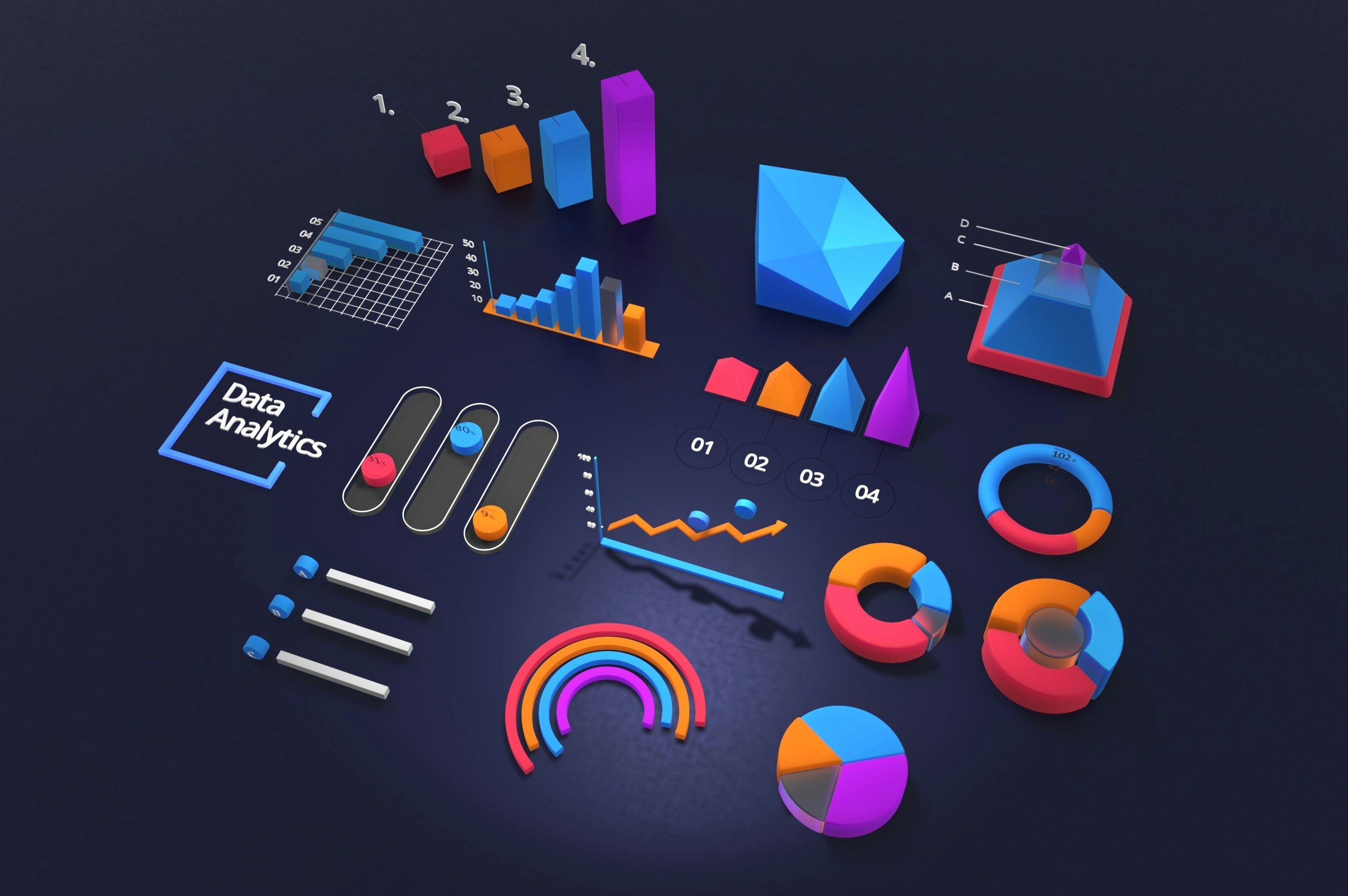Why Salesforce Einstein Activity Capture Actually Matters to Sales Teams
Introduction to Sales Cloud Einstein
Sales Cloud Einstein provides sales teams with an innovative edge, combining AI-powered tools with Salesforce CRM to automate tasks and deliver actionable insights. One standout feature is Salesforce Einstein Activity Capture, which eliminates the need for manual logging of emails and calendar events by automatically syncing them into your Salesforce org. Available in the Standard Sales Cloud Einstein edition, it provides vital context to sales activities, helping teams stay productive and focused.
By capturing customer and prospect data through connected email and calendar accounts, Einstein Activity Capture supports informed decisions and more personalised customer interactions, whether you’re chasing new business or nurturing ongoing deals.
Setting Up Einstein Activity Capture
Getting started with Einstein Activity Capture doesn’t require deep technical skills, but you do need the correct configuration and permission set assignments.
First, ensure you’re using a supported Salesforce edition. The Standard edition includes EAC at no extra cost, while Enterprise editions and Unlimited edition unlock more advanced features.
Connect your email and calendar services, such as Microsoft Exchange, Google Workspace, or Outlook.
Assign the right permission sets to all Einstein Activity Capture users.
Head to the settings page in Salesforce to configure what gets synced, who sees it, and how it flows into your Salesforce database.
A correct setup helps ensure clean data flow and better long-term Salesforce data accuracy.
Understanding Activity Capture
At the core of Einstein is Activity Capture, a background syncing tool that pulls in real-time data from your email account, calendar events, and contact lists into Salesforce.
What it captures:
Sent and received email data
Synced calendar events
Contacts linked to your Salesforce contact
What it does not capture:
Email attachments
Custom objects or custom fields
Manual changes made outside Salesforce
All interactions are displayed in the Activity Timeline, providing a chronological overview of each Salesforce account, contact, or opportunity.


Einstein Activity Capture (EAC)
Einstein Activity Capture (EAC) is the syncing engine behind it all. It quietly connects Salesforce users with their email and calendar applications, reducing manual data entry and enhancing control over the data retention period.
Key features:
Syncs data from connected email accounts and calendar applications
Reduces lost emails and missed sales activities
Captures sent emails, events, and contacts to boost visibility
While the Standard edition covers the basics, advanced metrics and longer retention are available for an extra fee in the Unlimited edition.
Email Insights and Salesforce Inbox
For more advanced sales engagement, tools like Email Insights and Salesforce Inbox provide deeper email analytics.
Email Insights tracks open rates, clicks, and replies.
Salesforce Inbox embeds CRM tools directly into your email account, enabling reps to view Salesforce records, log emails, and apply templates on the spot.
Together, they improve timing and personalisation of sent email campaigns. If you’re running revenue intelligence or using Deselect for segmentation, these tools offer smarter follow-up insights.
Activities Analytics Dashboard
The Activities Analytics Dashboard, available with Einstein Activity, provides an overview of:
Logged emails and events
Sales activities and rep performance
Activity metrics across accounts, leads, and quote records
By tracking this activity data, managers can monitor trends, detect issues, and encourage high-performing reps. It’s beneficial for customer-facing teams tracking ongoing communications.
Benefits of Using Sales Cloud
Integrating Einstein Activity Capture with Sales Cloud delivers tangible, measurable benefits that directly impact how sales teams operate.
Improved data quality: Since EAC captures emails and events in real-time from connected email and calendar accounts, the likelihood of missing essential communications is significantly reduced. This removes gaps in records and prevents duplicate entries, resulting in cleaner data in Salesforce. Accurate information allows sales reps to act with confidence.
Stronger sales context via activity timeline: The activity timeline becomes a dynamic logbook for each account, pulling in all relevant emails, events, and interactions. Sales reps no longer need to chase down scattered messages or calendar invites. Everything appears in one place, ready to provide context before every call, meeting, or email.
Increased visibility across your entire Salesforce org: With EAC running, data doesn’t live in silos. Relevant team members can view shared activity history, allowing marketing, customer success, and support teams to align more effectively. It’s advantageous when working with multiple contacts across the same company or Salesforce account.
Automation of repetitive tasks: The elimination of manual data entry for emails and meetings saves hours per rep each week. This not only speeds up CRM adoption but also helps salespeople focus on building relationships and closing deals, resulting in improved overall sales engagement.
In the end, integrating Einstein Activity Capture into your Sales Cloud setup doesn’t just keep your data clean, it empowers your team with timely, accurate insights that improve both internal efficiency and external communication. With more reliable customer data and a reduced administrative burden, representatives can spend more time where it counts: selling.


Einstein Activity and Data Quality
EAC helps you maintain cleaner, more reliable records in the Salesforce database:
Reduces missed entries and double-ups
Maps events and emails to the correct related account
Enforces consistency in how multiple contacts are linked
By syncing directly from your connected email account, EAC reduces reliance on users remembering to log everything manually.
Measuring Success with Activity Timeline
The Activity Timeline gives real-time access to communications between your team and customers, presenting a comprehensive, chronological view of every interaction that takes place:
Track all sent emails, calls, meetings, and logged tasks for each Salesforce contact or account
Spot silent leads before they stall and proactively follow up before deals go cold
Visualise historical data to analyse engagement patterns and forecast deal progression
Beyond simply listing events, the activity timeline enables sales reps to understand the whole story behind each contact. With a glance, they can see the last email sent, when a meeting occurred, and whether any follow-ups have been missed. This reduces guesswork and allows for more confident, timely communication.
For managers, the timeline provides a clear view into team activity, making it easier to coach representatives, track outreach frequency, and identify areas for improvement in engagement. It also helps cross-functional teams stay aligned by providing marketing, support, and customer success with visibility into sales activity, especially when working with multiple contacts at larger accounts.
If you’re using Deselect to create segmented campaigns, the activity timeline becomes even more powerful. It reveals how recently a contact has been engaged, helping marketers prioritise who should be included in a nurture flow and who may benefit from direct outreach. Combined with email analytics from Salesforce Inbox, this insight enables the crafting of more relevant and better-timed messages.
Whether you’re planning a follow-up, preparing for a demo, or evaluating pipeline health, the activity timeline supports a smarter, more connected sales process. It’s not just a log of past actions, it’s a guide to your next move.
Best Practices for Implementation
Use the settings page to control visibility of Salesforce events, ensuring only relevant data appears across your account.
Revisit permission set allocations regularly, especially as new users join or roles evolve, to prevent unwanted access or missed visibility.
Train Salesforce users clearly on what’s captured and what isn’t. Many assume all emails or events are logged, when in fact EAC excludes email attachments, some headers, and shared mailbox activity.
Sync only essential calendar accounts and email data to minimise clutter and avoid overwhelming the activity timeline with irrelevant entries.
If you’re using standard Salesforce reports, remember that EAC data won’t automatically appear. To track email and calendar activity, manual logging or supplementary tools, such as Salesforce Inbox, may be necessary.
Additionally:
Regularly audit how Einstein Activity Capture users interact with synced data to identify bottlenecks or inconsistencies in the workflow.
Evaluate whether your edition meets your needs. If the two-year data retention period feels short, consider upgrading to the Enterprise or Unlimited edition.
Ensure EAC supports your existing sales engagement workflows. If automation tools rely on events or emails being stored in standard Salesforce records, those automations won’t trigger from EAC unless workarounds are applied.
Align the setup with your custom objects, especially if you’re running complex sales processes or tracking customer communication beyond leads and opportunities.
Integrate with tools like Deselect if you’re running segmented campaigns. Knowing what interactions have occurred recently helps refine targeting and nurture sequences.
Ultimately, a thoughtful EAC implementation improves data consistency, saves reps time, and creates a more reliable system for tracking customer and prospect data. Just remember that the best results come from ongoing evaluation, user feedback, and aligning EAC’s limitations with your CRM strategy.
Know the Limitations
Some constraints come with Einstein Activity Capture Standard:
You can’t delete emails from Salesforce once synced
Content from captured emails isn’t usable in standard Salesforce reports or dashboards
The default data retention period is 24 months for the Standard edition
Shared inboxes and forwarding rules aren’t supported
Attachments and event attendees are excluded from sync
Additionally, because EAC data resides outside the core Salesforce database, you may need to manually log items if automations, triggers, or flows rely on those events.
Conclusion and Next Steps
Einstein Activity Capture helps reduce manual input, improves Salesforce records, and provides sales teams with a clearer picture of their pipeline. But it’s not a perfect fit for everyone.
Review what EAC users can access.
Decide if the unlimited edition is the right solution for your workflow
Consider pairing EAC with Salesforce Inbox, Revenue Intelligence, or Deselect for complete visibility
If you need clean activity tracking, this tool gets the job done, just be aware of the trade-offs.

